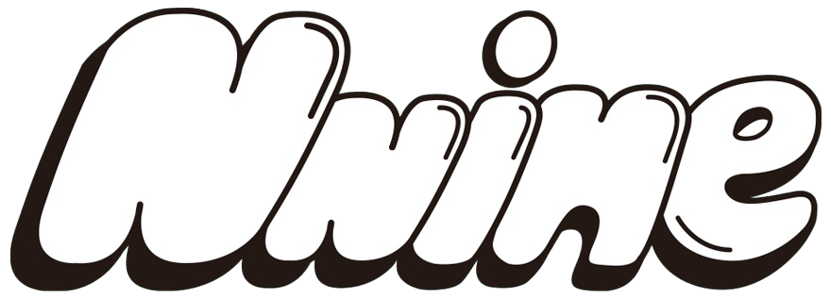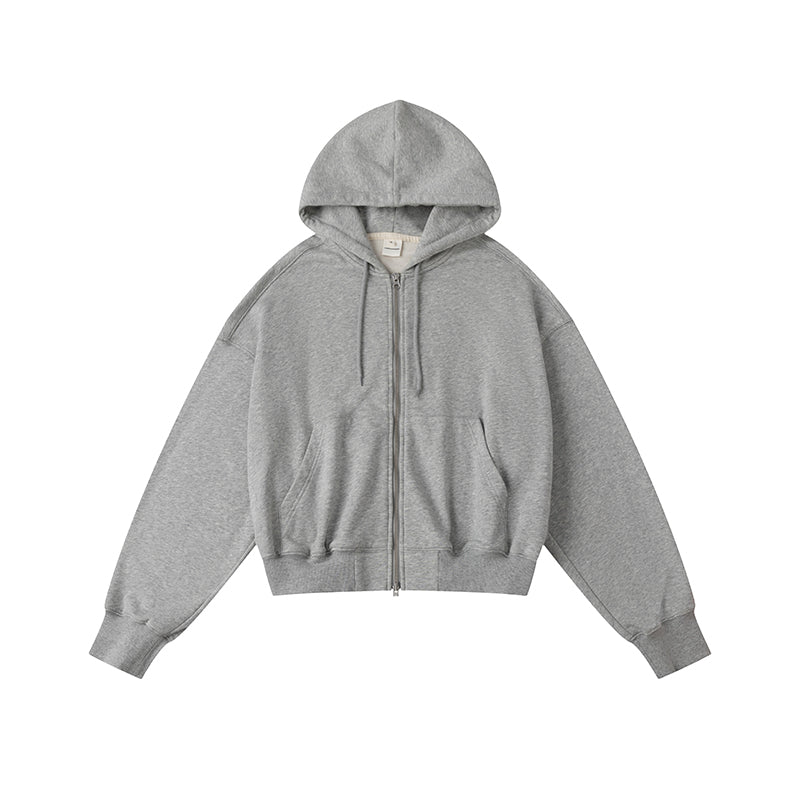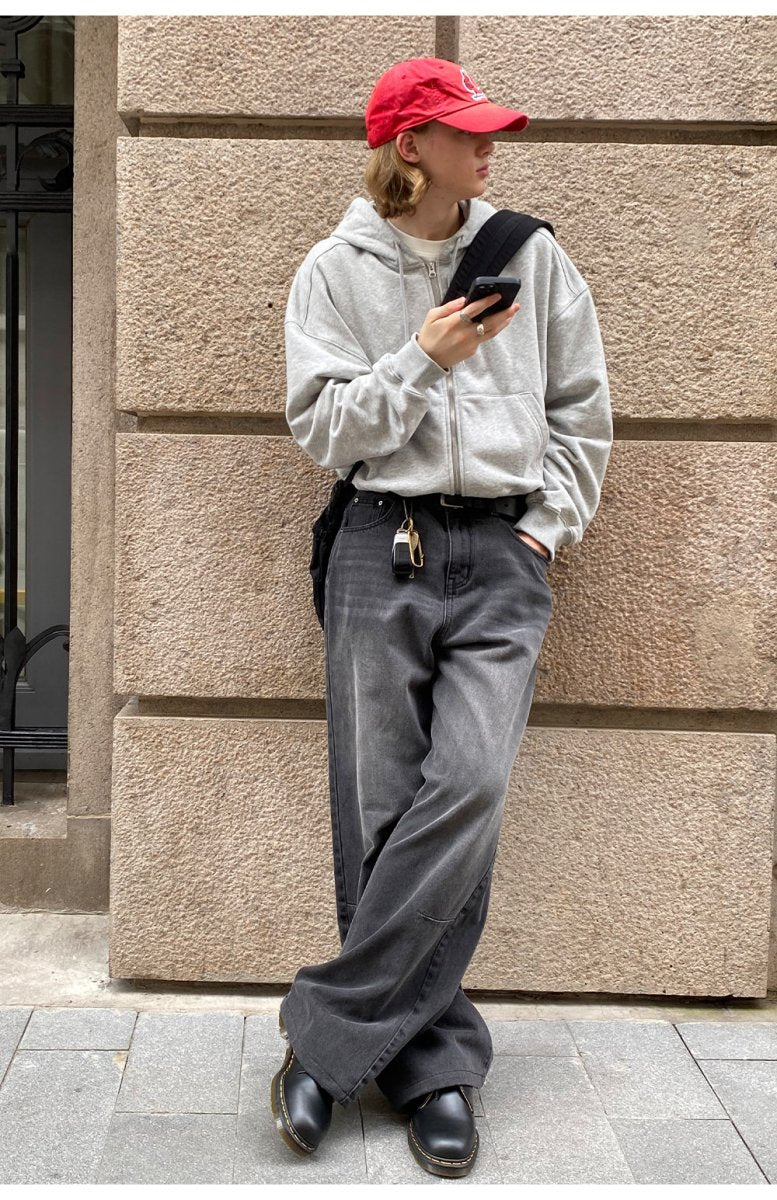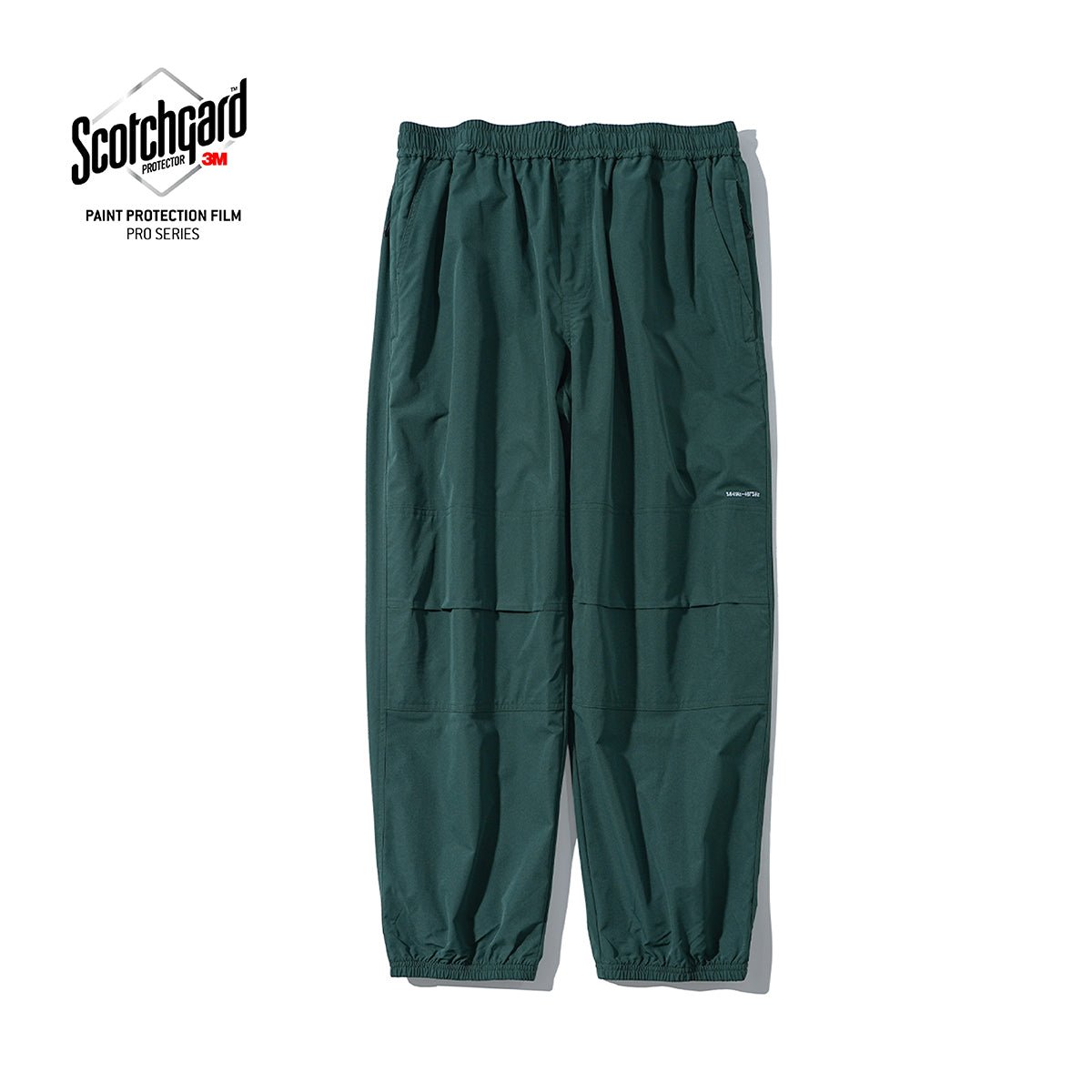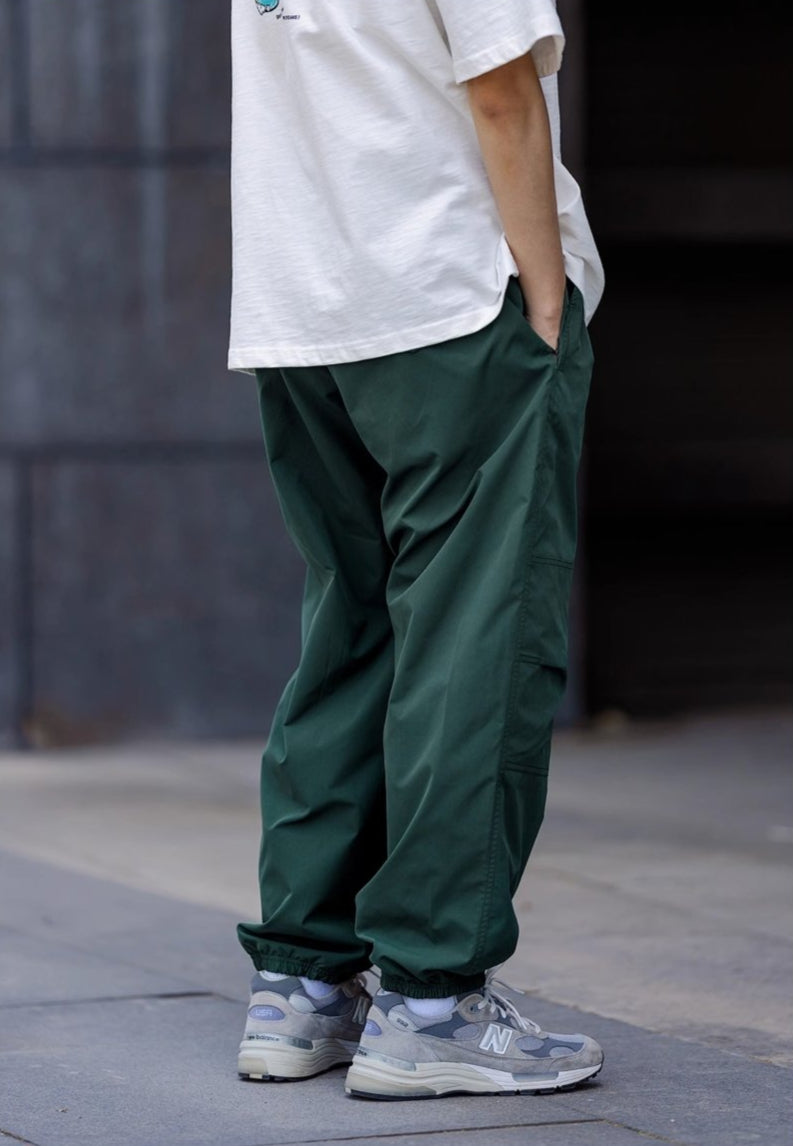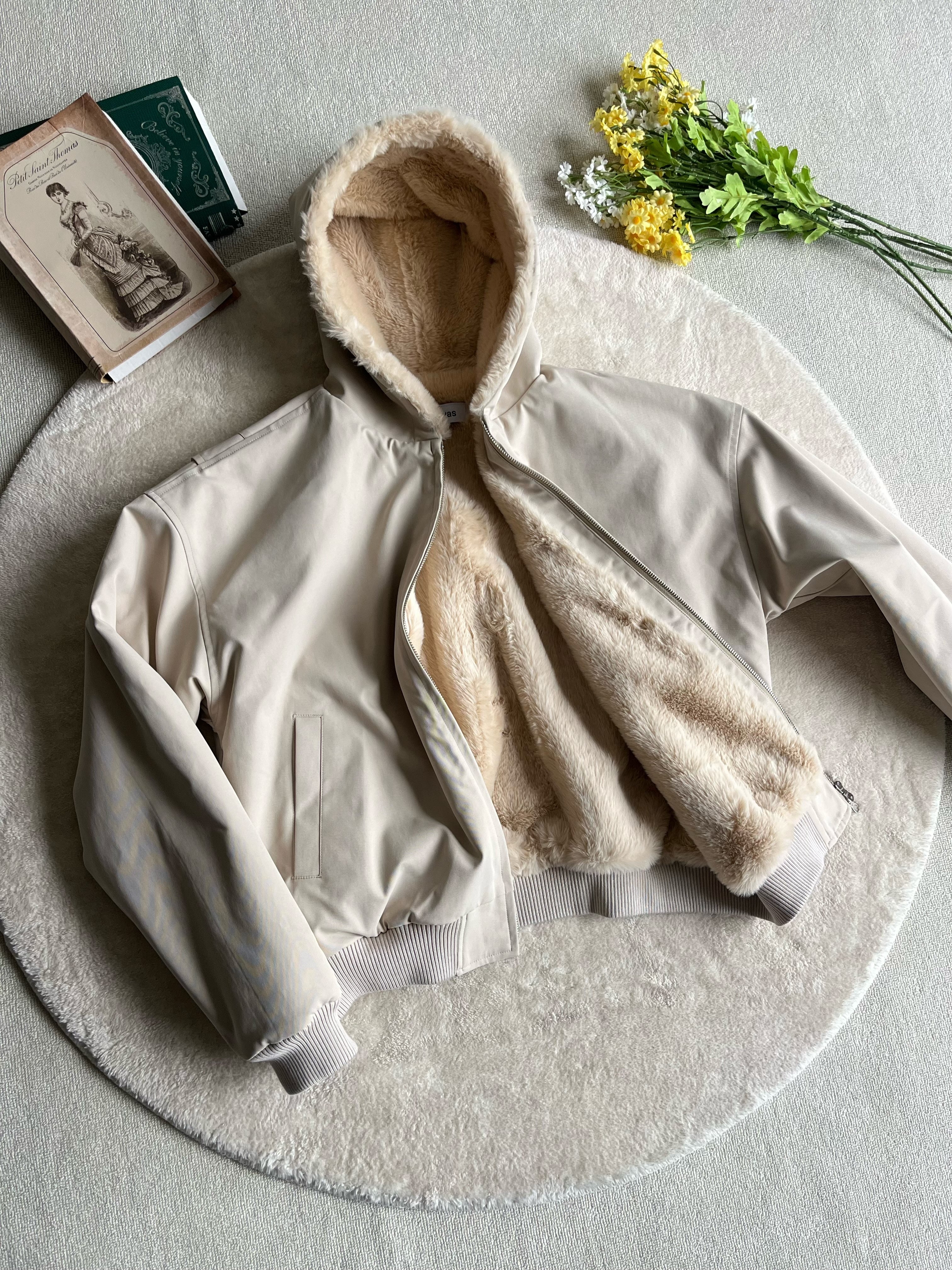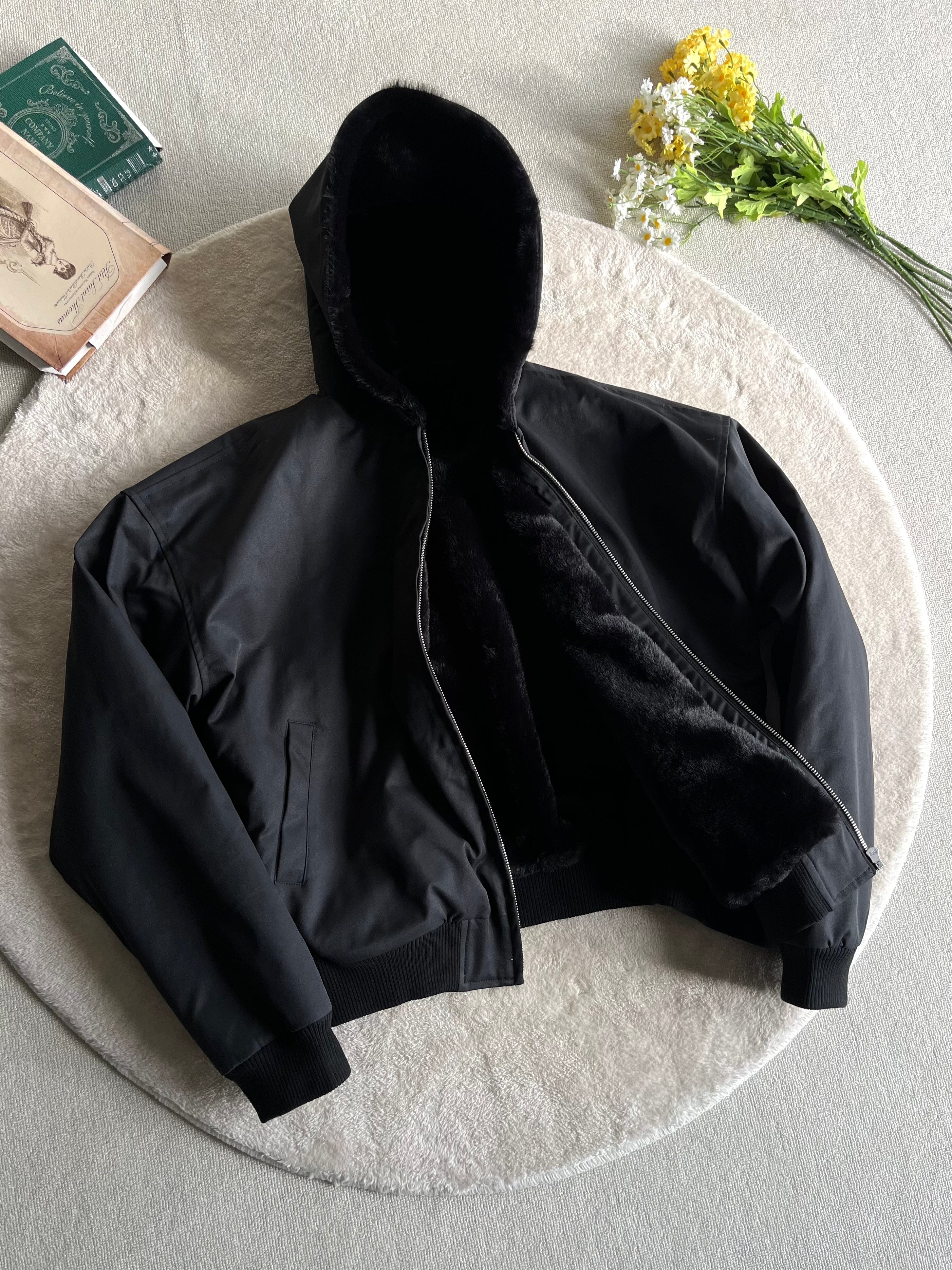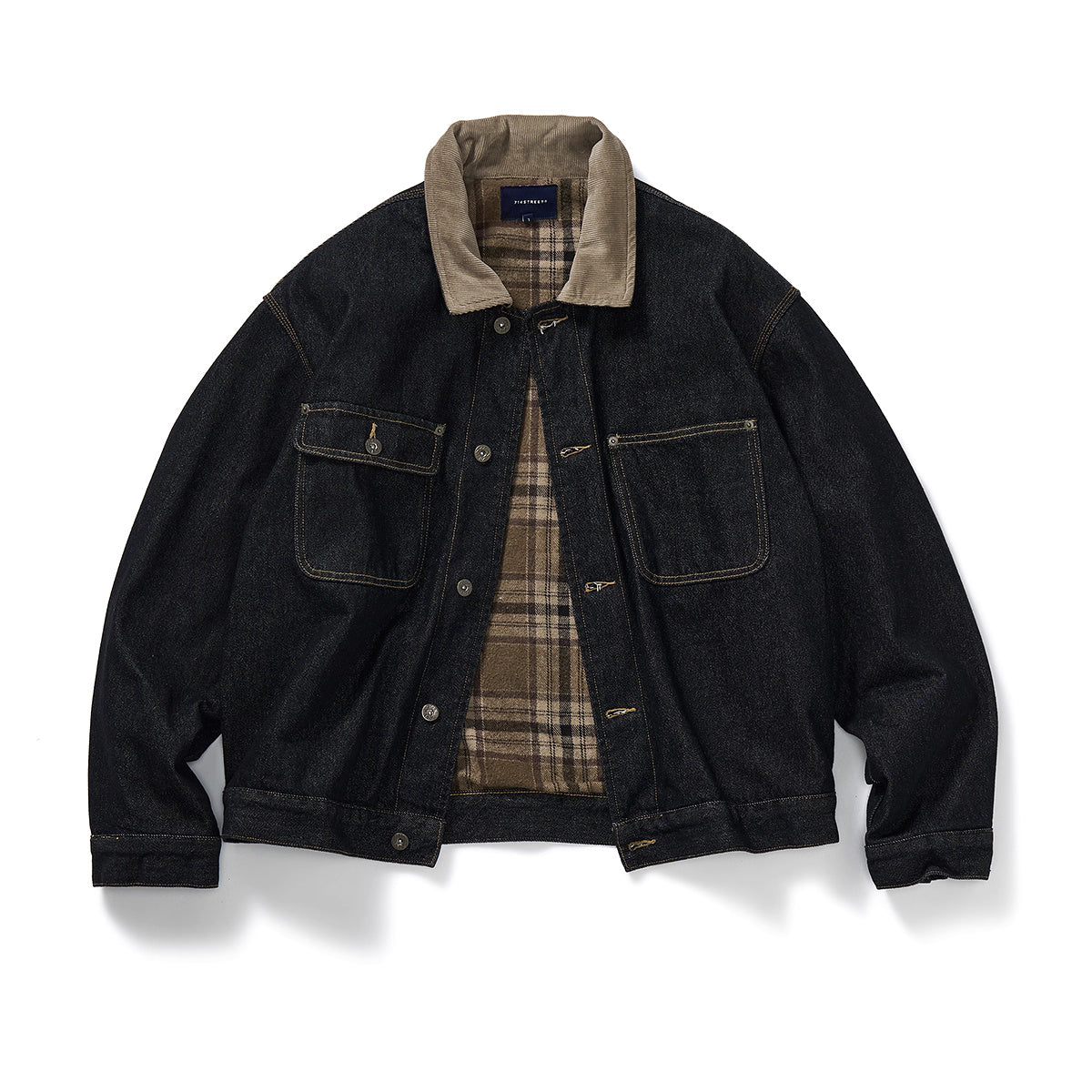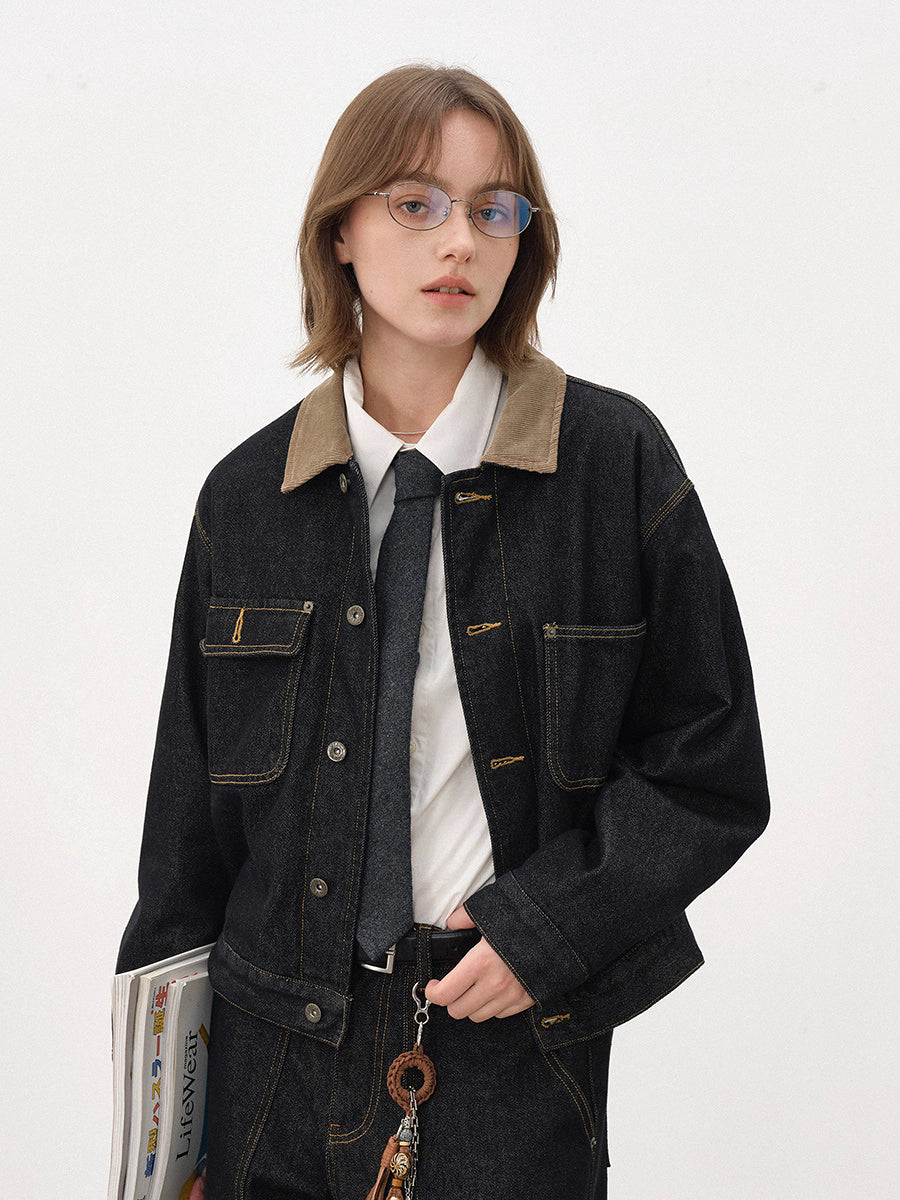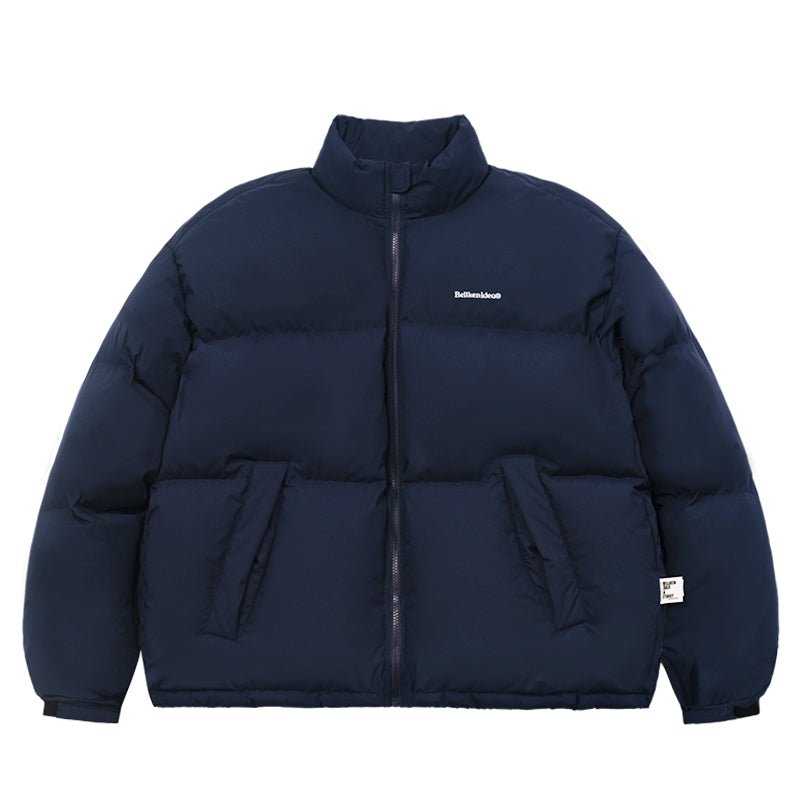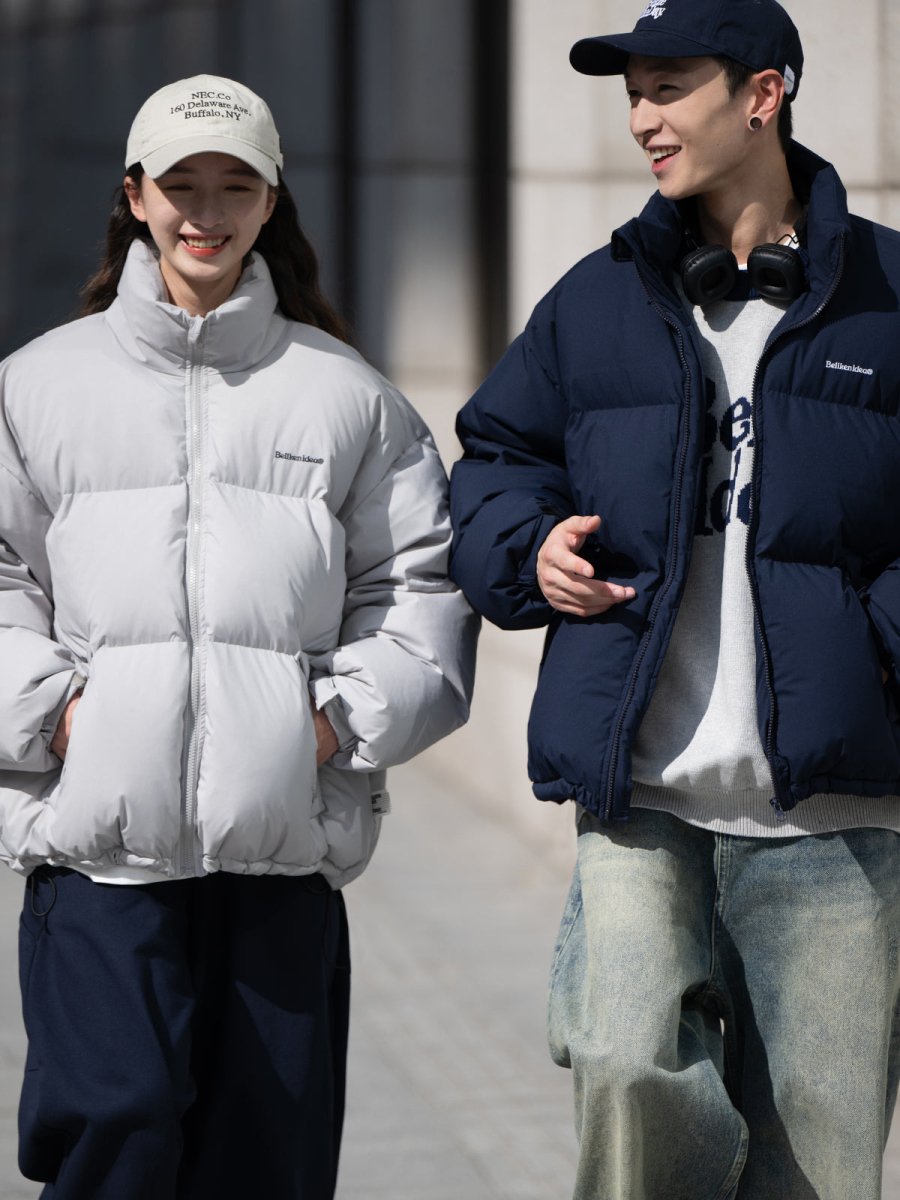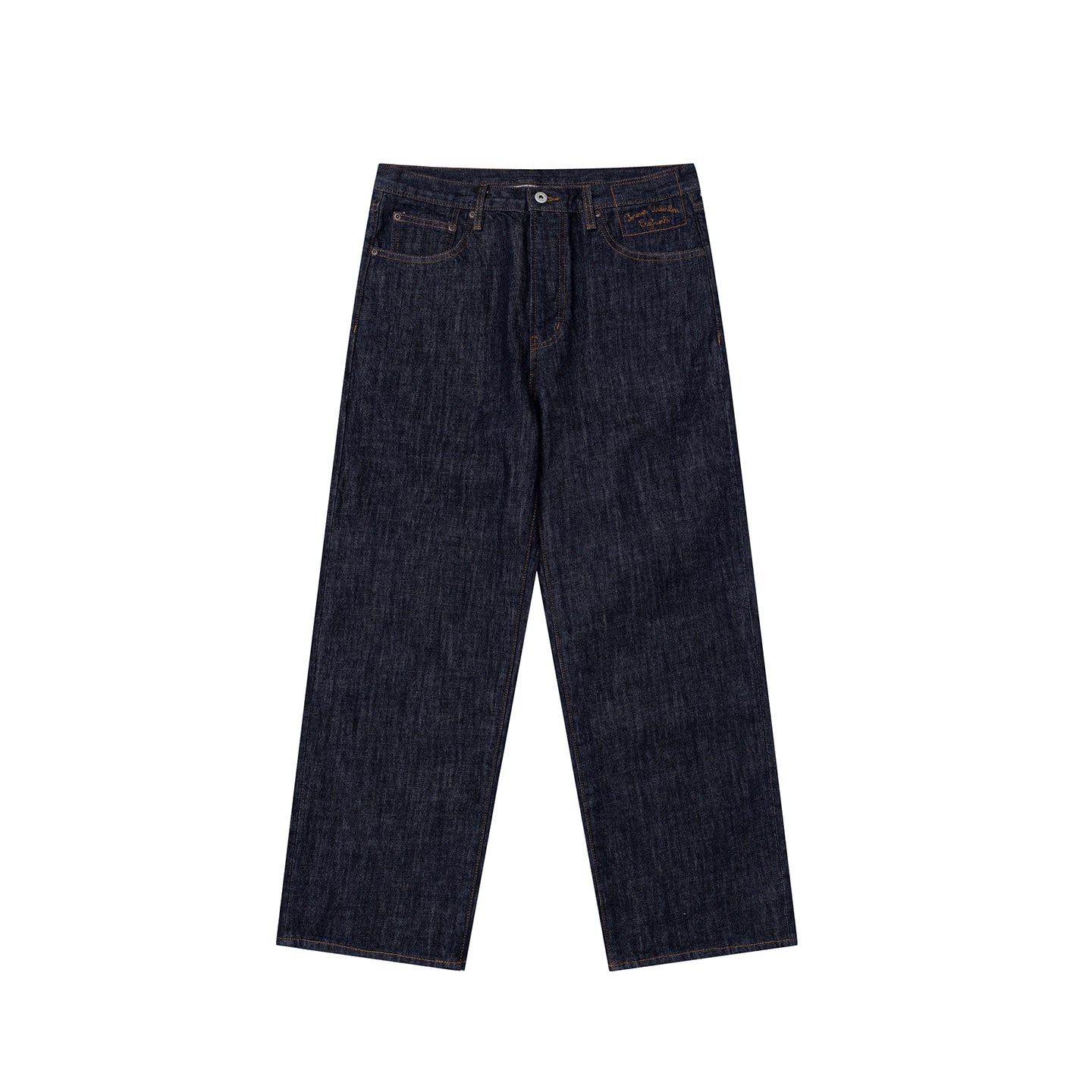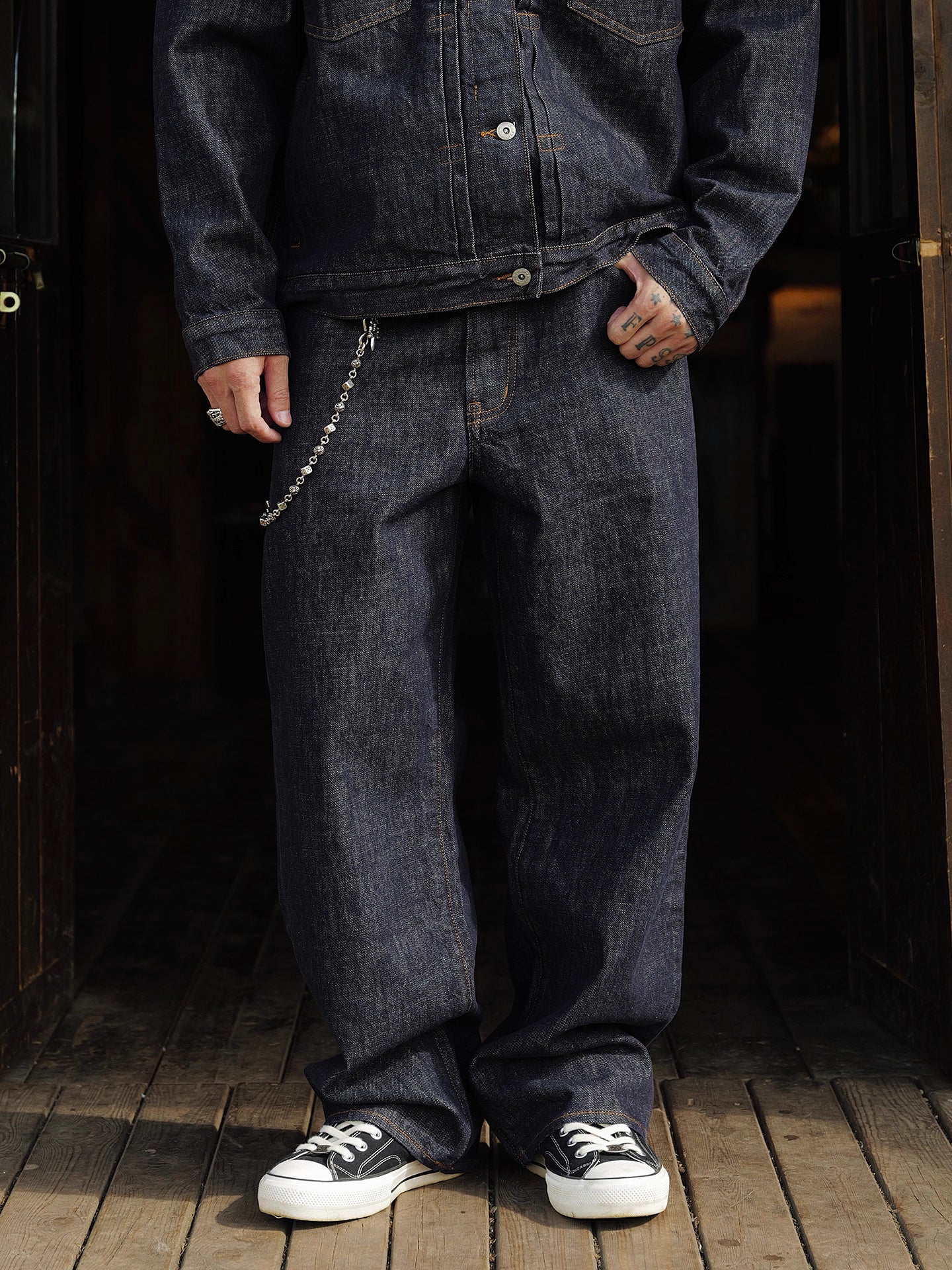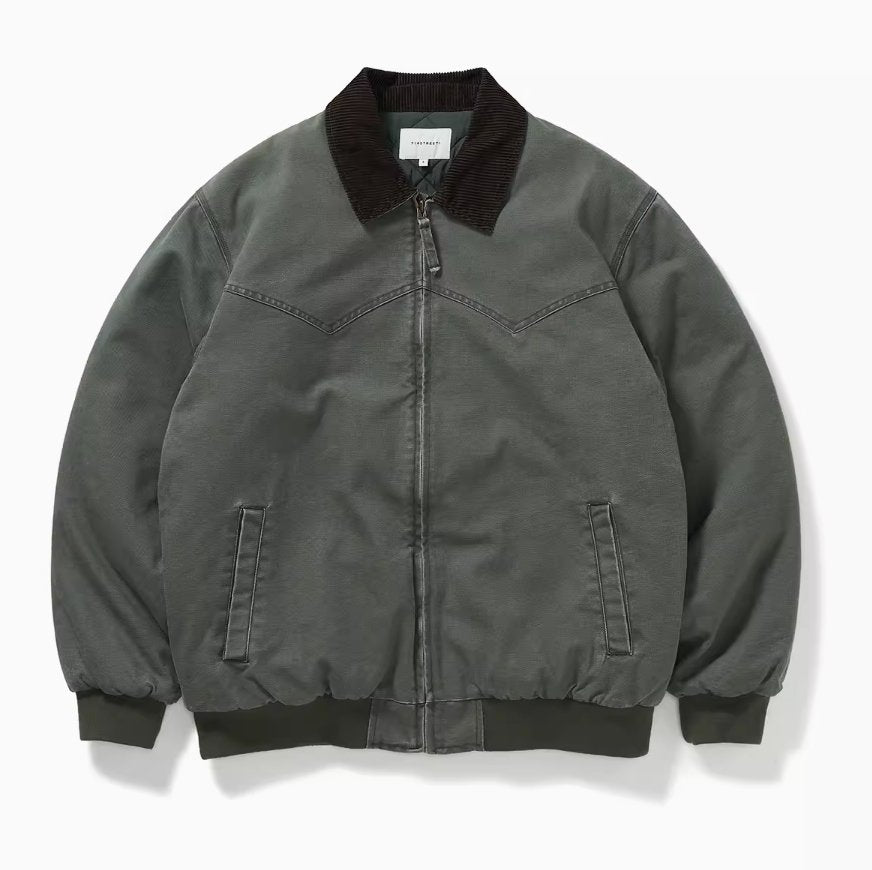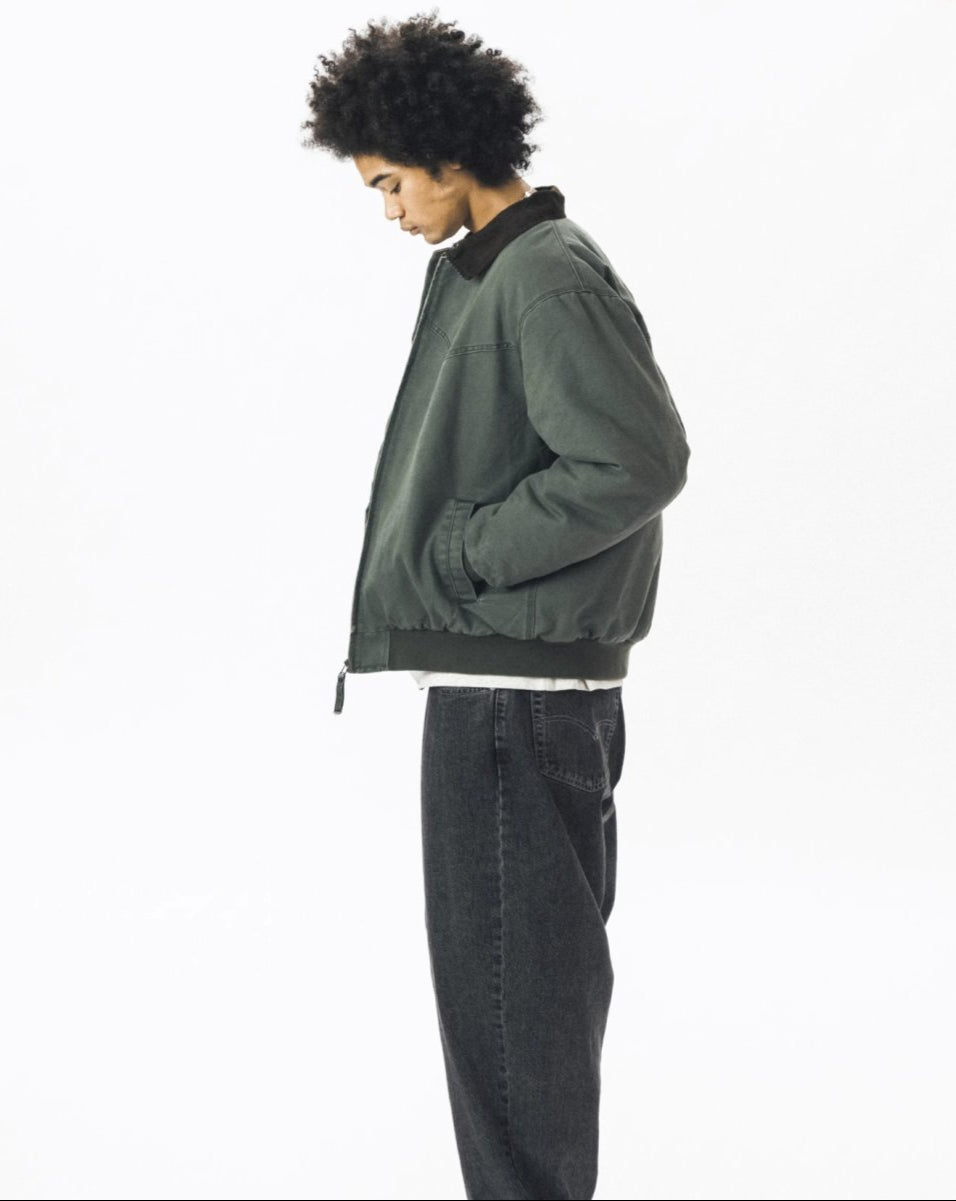Men's fashion for beginners: How to combine clothes in an easy and fashionable way.

For men's fashionbut don't know where to start?but don't know where to start.
For those who are interested, we will systematically explain everything from basic knowledge to practical coordination. By reading this article, you will be able to acquire the basics of fashion and have confidence in your coordination from tomorrow.
Let's understand the basics of fashion.
The first step to enjoying fashion is to acquire basic knowledge. Here, we will explain in detail the important elements that form the basis of men's fashion.
Why is it important to combine clothes?
Clothing is a factor that greatly affects first impressions. No matter how expensive your clothes are, they will be ruined if they are improperly combined. Knowing the right combination will enable you to coordinate even the clothes you have on hand in a different way.
Specifically, the following points play an important role
- Creating a sense of cleanliness and trust
- Expressing one's personality
- Impression management according to TPO
What impression does fashion give?
The clothes we wear send various messages to those around us.55% of first impressions are based on appearanceThe importance of fashion is immeasurable.
For example, wearing a well-fitted suit in a business setting can create a professional impression. On the other hand, casual attire for holidays can create an impression of friendliness and openness.
Basics of TPO
TPO (Time: occasion, Place: place, Occasion: case) is an important criterion for fashion choices.
-
How to choose according to time of day:
- Daytime: brightCOLORtone or light material
- Night: calmCOLORMatching and shiny materials
-
How to choose according to location:
- Office: Clean with a more formal feel
- Casual: relaxed attire
Importance of understanding body shape
Understanding one's body shape correctly is very important in selecting suitable clothing. This section will explain in detail how to measure your body shape and how to style clothes to suit each body type.
First, accurately measure the following items:
- Height
- Weight
- Shoulder width
- Cherst width
- waist
- Hips
Budget Concept
It is important to plan your investment in fashion. To get the most out of a limited budget, be aware of the following allocations:
- Standard items: 60% of budget
- Trendy items: 30% of budget
- Accessories: 10% of budget
How to enjoy fashion
Fashion is a means of self-expression and should be approached with enjoyment. The following approaches will help you enjoy fashion more:
- Start with a style you like
- Gradually incorporate trends
- Try a new look
Explanation of basic terms
Understanding fashion terms will help you enjoy fashion more deeply.
- Silhouette: The overall shape of a garment.
- LineHow to get the clothes line: How to get the clothes line
- Taste: The mood or trend of the clothing
- Color balance:COLORHow to combine
Coordination guide by body type

Each body type has its own techniques to make you look more attractive. Here we will explain in detail how to coordinate with each body type.
How to analyze body shape
For accurate body shape analysis, the following procedure is used to take measurements:
- Measurements first thing in the morning
- Measurements in underwear
- Measurements in standing position
- Recording of values
Codes for tall people
If you are tall, be aware of the following points when coordinating your outfit:
- Make use of vertical lines
- Use layered styles
- Silhouettes with just the right amount of room
Codes for short people
Short people can visually increase their height with the following techniques:
- Selecting items with a vertical effect
- using the same type of clothingCOLORand put them together with
- use accessories to balance
Codes for a stocky body
If you have a stocky body shape, keep the following points in mind:
- Create a clean silhouette
- Choose clothes with the right amount of room
- COLOREnhancing style through the use of
Codes for slender body type
If you are slender, you can cover your body shape by wearing a voluminous outfit. Keep the following points in mind:
- Use of layered styles
- Choosing items with plenty of room
- Use of patterns to emphasize horizontal lines
Specifically, oversized knits and jackets can be utilized and layered with innerwear to create the right amount of volume.
Codes for average body type
The average body type is blessed with a variety of styling challenges. The following styling is effective:
- Creating a balanced silhouette
- Proactive implementation of trends
- Utilizing a variety of coloring
Techniques to cover body shape
No matter what your body shape, the right technique can help you achieve your ideal silhouette:
- Use of vertical linesVertical stripes, center press, etc.
- COLORIngenuity in useControl the gazeCOLORPlacement of
- LayeringLayering: Body shape correction through layering
NG points by body shape
Understanding what to avoid will help you coordinate more effectively:
- Tall people: Emphasis on horizontal lines
- Short people: choosing a size that is too large
- Stocky people: Wear clothes that are too tight
- Slender body type: skinny style all over
Basic Knowledge by Item
Basic knowledge of fashion items will help you coordinate more effectively.
Points for choosing outerwear
Outerwear is an important item that greatly affects the impression of a coordinated look:
-
Jacket:
- Check the silhouette
- Shoulder widthFit of
- Appropriate sleeve length
-
Coat:
- Selection of materials according to the season
- Length to suit your body shape
- Color variations
Tips for selecting tops
Tops are important items for daily use:
-
Shirts:
- Fitted collar
- Fabric texture
- body lengthBalance of
-
T-shirt:
- Neck opening
- Thickness of material
- Choice of silhouette
How to choose bottoms
Bottoms are an important element in determining overall balance:
-
Denim:
- Check waist size
- Inseam Length
- Select Hem Width
-
chinos:
- Check the texture of the material
- Select Silhouette
- Color variation
Shoe Basics
Shoes are important items that complete a coordinated look:
-
Sneakers:
- How to choose a design
- Check the sizing
- How to maintain
-
Leather shoes:
- Types of Leather
- Fitting
- Care
Basics of Using Accessories
Small accessories play an important role in accentuating a coordinated look:
-
Belts:
- How to choose the width
- Material Selection
- Color Matching
-
Bags:
- Selection according to application
- Check the size
- Deciding on a design
Characteristics of materials and how to handle them
Understanding the characteristics of materials will enable you to select more appropriate items:
-
Cotton:
- Characteristics: Breathable and comfortable to the touch
- Handling:Machine washable
- Cautions: Easy to shrink
-
Wool:
- Characteristics: High heat retention
- Handling:Dry cleaning recommended
- Cautions: Beware of insect infestation
How to measure size
Accurate size measurement is the basis for proper item selection:
-
Jackets:
- Shoulder width
- Body width
- body length
- Sleeve length
-
Pants:
- Waist
- hips
- inseam
- inseam
How to combine items
Understanding how items go together makes for more attractive coordination:
- Unifying the level of formality
- Balance of materials
- Color coordination
- Unified sense of season
Color Coordination Rules
COLORThe use of color is an important element that greatly influences the impression of coordination.
COLORBasic theory of
COLORUnderstanding the basics of color theory enables more effective coordination:
- MiharaCOLORRed, blue and yellow
- complementCOLOR:COLOROpposite in a phase ringCOLOR
- similarCOLOR:COLORAdjacent in a ringCOLOR
ArrangementCOLORPattern Collection
Effective DistributionCOLORUnderstand the patterns and apply them in practice:
-
Monotone color schemeCOLOR:
- Combination of white, black, and gray
- Produces a clean impression
- Ideal for business situations
-
Tone on Tone:
- similarityCOLORCombination in
- Unified impression
- Creates an atmosphere of sophistication
Seasonal Color Utilization
SeasonalCOLORThe use of color in each season allows for a more sophisticated coordination:
-
Spring:
- Pastel colors
- Light gray
- Beige
-
Summer:
- White
- saxe blue
- Light Yellow
-
autumn:
- Brownish
- Burgundy
- Olive
-
winter:
- navy
- Black
- Dark gray
SkinCOLORCompatibility with
of the skinCOLORTailored toCOLORYou can dress more attractively by choosing the right
-
Yellow base:
- Orange-based
- Beige base
- Brownish
-
Blue base:
- Navy
- Gray
- White
How to incorporate trendy colors
TrendyCOLORYou can achieve a fresh and coordinated look by skillfully incorporating
-
Used as an accent:
- Incorporating with accessories
- Use as innerwear
- Partial use
-
Combination with basic color:
- Combination with navy
- Combination with Gray
- Harmony with White
Color Coding Failures
should be avoidedCOLORA more sophisticated coordination can be achieved by understanding the combination of
- originalCOLORcombination of two or more
- Multiple fancyCOLORUse of
- Inconsistent seasonalityCOLORuse
How to put together a monotone coordinate
Monotone coordination can give a sophisticated impression:
-
Black and white ratio:
- 7:3 rule
- Meridional arrangement
- Utilization of gray
-
Importance of texture:
- Glossy materials
- Matte texture
- Difference in Texture
Color Coding Techniques
EffectiveCOLORLearn techniques for using
-
gradation:
- similarityCOLORGradation in
- Tone change
- NaturalCOLORTransition of
-
Accent color:
- (e.g., black, white, etc.)COLORHow to use
- Balance of placement
- COLORAdjustment of strength of
Coordination examples by scene
Here are specific examples of coordination for various scenes.
Date Style
This section explains the key points of date coordination to make a good impression:
-
Casual dating:
- Choosing clean materials
- Moderate trendiness
- Ensuring ease of movement
-
Formal date:
- Elegant materials
- Chic color selection
- ingenious use of accessories
Office Casual
This section describes appropriate attire for the workplace:
-
Basic Rules:
- Emphasis on cleanliness
- Moderate formality
- Consideration of TPO
-
Specific Cordage Examples:
- Shirt + chinos
- Polo shirt + slacks
- Knit + Denim
Holiday Style
We offer a relaxed yet stylish holiday coordinate:
-
Casual Style:
- Emphasis on comfort
- Creating a sense of trend
- Expression of individuality
-
Active style:
- Ensure functionality
- Ease of Movement
- Color Coordination
Party Style
Explanation of appropriate attire for various types of parties:
-
Casual Party:
- Smart Casual
- Accenting
- How to use accessories
-
Formal parties:
- Understanding the Dress Code
- Choosing the Appropriate Material
- Coordinating Attention
Wedding Party
About appropriate attire for the after-party of a wedding:
-
Basic Tips:
- Understanding Manners
- Differences by Location
- Adjustment by time of day
-
Specific Cordage Examples:
- Jacket style
- No Jacket Style
- Seasonal Correspondence
Dinner with friends
About casual yet classy attire:
-
Dress according to the restaurant's class:
- Casual restaurants
- Fine dining
- Bars and Izakayas
-
Adjustment by time of day:
- Lunch time
- Dinner time
- Late night
Watching sports
About comfortable and stylish attire when watching sports games:
-
When watching sports outdoors:
- Weather
- Ensuring ease of movement
- Protection against cold and heat
-
For indoor spectators:
- Moderate casual feel
- Ease of temperature control
- Harmony with supporting goods
Travel Style
About efficient attire for different travel situations:
-
Day trip:
- Emphasis on ease of movement
- Responding to temperature changes
- Less baggage
-
Long trips:
- Versatility in coordination
- Ease of washing
- Layering ingenuity
Styling Guide by Season

This section explains appropriate styling methods according to the changes of the four seasons.
Spring Coordinates
The key to a fresh, spring-like outfit:
-
March Outfits:
- Responding to changes in temperature
- BrightCOLORIncorporation of
- Utilization of light outerwear
-
April Outfits:
- SpringCOLORActive use of
- Consideration of rain protection
- Layered style
-
May Outfits:
- Lightness with early summer in mind
- Refreshing material selection
- Color coordination
Summer Coordination
Styling for comfort in the hot season:
-
June Outfits:
- Measures against the rainy season
- Steam-resistant materials
- Cool and refreshingCOLORUse
-
July-August attire:
- Lightweight material selection
- Sweat Protection
- Cool Biz
Autumn Coordination
Sophisticated autumn styling:
-
September Outfits:
- Late Summer Measures
- AutumnCOLORIncorporation of
- Use of light jackets
-
October-November attire:
- Layered Styles
- Use of Autumn/Winter Materials
- Temperature Control
Winter Coordination
Stylish attire for the cold season:
-
December Outfits:
- Cold-weather attire
- Party Season Ready
- Holiday Style
-
January-February Outfits:
- Layering Ingenuity
- Wind and Cold Protection
- How to avoid looking heavy
Measures against seasonal changes
Techniques to flexibly cope with seasonal changes:
-
Measures for spring to summer:
- Lightweight materials
- COLORIncreased brightness of taste
- Layering adjustments
-
Summer to Fall Measures:
- AutumnCOLORPhase-in of
- Material thickness adjustment
- Outerwear selection
Thermal Protection Techniques
How to effectively protect yourself from the cold:
-
How to choose innerwear:
- Functional clothing such as HEATTECH
- Order of layering
- Combination of materials
-
How to use outerwear:
- How to choose by use
- Adjusting for size
- How to maintain
Heat Protection
Techniques for a comfortable summer:
-
Choosing materials:
- Breathability
- Sweat-absorbent and quick-drying materials
- UV-cut function
-
Coordination:
- COLORingenuity in use
- Adjusting the silhouette
- Devices to reduce overlap
Layering Basics
Effective layering techniques:
-
Basic sequence:
- Innerwear -> Middle -> Outerwear
- Combination of materials
- COLORBalance of
-
Seasonal innovations:
- Light layers for spring and summer
- Warm Layers for Fall and Winter
- Layers for Showing
Brand Utilization Guide
This section explains how to understand the characteristics of a brand and how to utilize it effectively.
How to utilize petite brands
How to enjoy fashion while keeping your budget in check:
-
How to use UNIQLO:
- How to choose standard items
- Making the Most of Sale Season
- Tips on how to dress for the occasion
-
How to use GU:
- How to choose trendy items
- Choosing by price range
- Coordinating Techniques
How to use select stores
How to use select stores effectively:
-
How to use BEAMS:
- Product Selection by Age Group
- Utilizing Private Brands
- Targeting Sale Season
-
How to use UNITED ARROWS:
- Formal wear
- Casual line
- Use of different price ranges
How to choose a high brand
How to select items with high investment value:
-
Basic items:
- Standard items for long-term use
- Quality of materials
- Maintainability
-
Trend items:
- Identification of trends
- Identifying versatility
- Budget allocation
Outlet utilization
How to get brand new products wisely:
-
Seasonal Concepts:
- Off-season purchases
- Check Availability
- Know when discounts are available
-
How to choose products:
- Identifying standard products
- Quality check
- Size check
How to use UNIQLO/GU
How to make the most of petit-price brands:
-
Basic items:
- Quality standard product
- Variety of sizes available
- Variety of colors
-
Seasonal items:
- How to choose trendy products
- Tips for Combination
- Utilizing price range
Shopping Tips for Sale Season
Efficient Sale Shopping:
-
Determining Timing:
- End of season
- End-of-season sale
- Clearance
-
Product Selection:
- Securing classic items
- Checking the size
- Quality check
Sizing by Brand
Understand the difference in sizing of each brand:
-
Domestic Brands:
- UNIQLO Standard
- Other domestic makers
- Size Comparison Chart
-
Overseas Brands:
- American Size
- European Size
- Asian Size
Cosmetic Brands
Selecting a brand that balances budget and quality:
-
Casual line:
- Daily use
- Durability
- Price Range
-
Business Line:
- Work Items
- Formality
- Cost Control
Maintenance & Storage
This section explains how to care for your garments to keep them beautiful for a long time.
How to care for your clothes
Proper care methods for different materials:
-
Cotton products:
- Washing Instructions
- Ironing
- Storage
-
Wool products:
- Cleaning
- Insect Control
- Storage Precautions
Shoe Care Methods
How to care for different types of shoes:
-
Leather shoes:
- Daily Care
- Routine Maintenance
- Storage
-
Sneakers:
- Cleaning Method
- Drying Method
- Preventing loss of shape
Cleaning Knowledge
Selection of appropriate cleaning methods:
-
Care at Home:
- How to read the laundry label
- Choosing the Right Detergent
- Washing tips
-
Professional Cleaning:
- When to get it out
- Estimated Charges
- Confirmation of the finished product
Storage Basics
Proper seasonal storage:
-
Closet storage:
- Temperature control
- Humidity Control
- Space Utilization
-
Clothing Tips:
- Timing
- Procedure
- Checkpoints
Storage
How to make efficient use of limited space:
-
Closet organization:
- Storage by category
- Arrangement by frequency of use
- Seasonal rotation
-
Use of storage items:
- How to Choose Hangers
- How to use storage boxes
- How to use dividers
Insect Control
How to protect your valuable clothes from insects:
-
Preventive measures:
- How to choose insect repellents
- Natural Insect Control Methods
- Periodic Inspections
-
Response to outbreaks:
- First Aid
- Cleaning
- Prevention of recurrence
Wrinkle and furball prevention
How to deal with factors that detract from appearance:
-
Anti-wrinkle measures:
- Ironing Basics
- How to use a steamer
- Prevention
-
Measures against furballs:
- How to use a shaver
- Preventive Care
- Material-specific support
Selecting Maintenance Products
How to select appropriate care products:
-
Basic tools:
- Types of brushes
- How to Select a Cleaner
- Repair Kit
-
Specialty Supplies:
- Leather Care Products
- Textile Cleaners
- Maintenance Tools
Shopping Techniques
This section explains how to shop efficiently and satisfactorily.
Tips for trying on clothes
How to try on items for proper product selection:
-
Basic Procedure:
- Determination of size
- Confirmation of operation
- Confirmation of light
-
Check Point:
- Shoulder widthFit of
- body lengthBalance of
- Overall silhouette
How to choose your size
How to find the right size for you:
-
How to Measure:
- Required Measurements
- How to measure accurately
- How to read the size chart
-
Advice by Body Type:
- Standard Body Shape
- Chubby
- Slim body type
Budget Allocation Concept
Effective budgeting:
-
Priorities:
- Securing necessities
- Allocation of trending goods
- Securing Reserves
-
Seasonal allocation:
- At start of season
- Sale Time
- off-season
Making the Most of Sale Season
Wise Sale Shopping:
-
Timing:
- End of season
- End-of-season sale
- Special Sale
-
Product Selection:
- Securing regular products
- Identifying trendy products
- Quality check
Online Shopping Techniques
Tips for shopping on the Internet:
-
Site Selection:
- Check for reliability
- Return Policy
- Shipping Terms
-
Product Selection:
- Check Size Chart
- Use of reviews
- Check images
How to choose in store
How to shop efficiently in a physical store:
-
Tips for previewing:
- Check the inventory
- Price Comparison
- Check Coordinates
-
Utilization of customer service:
- Appropriate questions
- Size consultation
- Coordination suggestions
Knowledge of returns and exchanges
How to deal with problems:
-
Return Procedure:
- Check the expiration date
- Check Terms and Conditions
- Procedure
-
How to exchange:
- Size Exchange
- Defective item handling
- Procedures
Price quotation grasping
How to determine a fair price:
-
Market price by item:
- Casual wear
- Business Wear
- Shoes & Accessories
-
Market Price by Brand:
- Petit-Plus Brand
- Middle price range
- high brand
The Art of Styling

Techniques to improve your appearance are explained.
Techniques to dress up or down
How to make your body shape look smarter:
-
Use of vertical lines:
- How to choose vertical stripes
- COLORHow to use
- Combining Items
-
Silhouette:
- Adjustment of roominess
- Adjustment of length
- Balancing
How to style
Techniques to improve overall proportions:
-
Leg-lengthening effect:
- How to choose pants
- ShoesCOLORUsing
- How to adjust length
-
upper body balance:
- How to choose a jacket
- How to wear shirts
- Effect of the neckline
Posture and Dressing
Behavior that makes a good impression:
-
Basic Posture:
- Straightening the back
- Shoulder Position
- How to walk
-
How to dress:
- Dealing with wrinkles
- How to Drape
- Balancing
How to cover body shape
Techniques to cover areas of concern:
-
Upper body:
- Shoulder widthAdjustment of
- Waist showing
- Cherst widthBalance of
-
lower half of the body:
- Showing the line of the legs
- Hip coverage
- Thigh coverage
Tips on using accessories
Enhance the impression by accessories and small objects:
-
Belts:
- How to choose the width
- Adjusting the position
- COLORUtilization of
-
bag:
- Size Selection
- How to carry
- Harmony with Cordage
Balancing Method
Techniques for overall balancing:
-
Vertical balance:
- Use of the Golden Ratio
- COLORBalance of
- Volume distribution
-
Left-Right Balance:
- Use of asymmetry
- Placement of accessories
- How to choose a design
Techniques using illusions
Techniques utilizing visual effects:
-
Vertical effects:
- How to use lines
- COLORPlacement of
- Design Selection
-
Horizontal Effects:
- Volume adjustment
- Use of patterns
- How to add accents
Improving proportions
How to adjust body shape balance:
-
Upper Body:
- Shoulder widthHow to show
- Cherst widthAdjustment of
- Neckline Selection
-
lower half of the body:
- Leg-lengthening effect
- Silhouette adjustment
- Improved balance
Summary: To enjoy fashion
The following is a summary of points to apply what you have learned in this article in your daily life.
-
Keep the basics in mind:
- The importance of size
- The Basics of Color Coordination
- Understanding TPO
-
Practical Steps:
- Secure basic items
- Practice Coordination
- Expressing individuality
-
Continuous learning:
- Trend checking
- My own interpretation
- Establish your style
Fashion is a means of self-expression, and it is important to have fun while engaging in it. We hope you will apply the knowledge and techniques presented in this article to your fashion life from tomorrow. We hope that your daily attire will enrich your life.
Fashion is not difficult. Start by trying things out a little at a time, at your own pace. Don't be afraid of failure, but rather have fun and find your own style.
Finally, we hope that you will enjoy fashion while always keeping the following three points in mind:
- Keep your sense of self in mind
- Remember the basics
- Don't forget to have fun!
